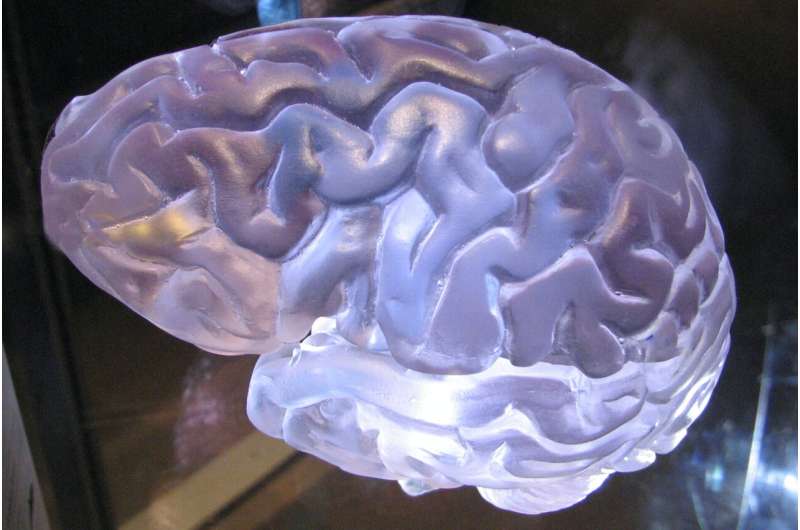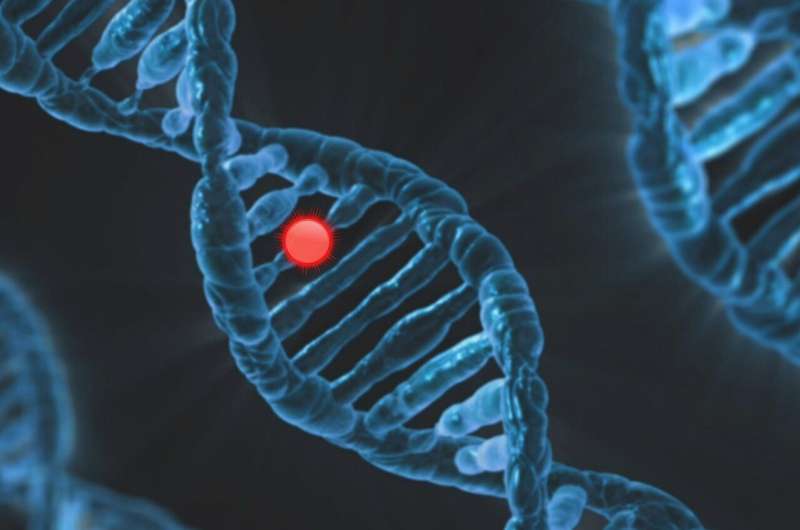Innovative Approach to Slowing Glioblastoma Growth by Blocking Brain Damage

New research suggests that blocking brain damage caused by glioblastoma may slow tumor growth and preserve neurological function, opening new pathways for early intervention strategies.
Recent research led by University College London reveals a promising strategy to potentially delay or prevent the progression of glioblastoma, an aggressive and deadly brain cancer. The study demonstrates that preventing brain damage caused by the tumor may slow its growth and preserve neurological function.
The study, published in Nature, focused on glioblastomas in mice, showing that early tumor development damages nerve cell extensions known as axons. The natural brain response to this damage—breaking down and clearing away the injured axons—was found to inadvertently accelerate tumor growth. When this response was suppressed, the mice developed less aggressive tumors, maintained better brain function, and had longer lifespans.
Central to this process is the protein SARM1, which destroys damaged axons. Drugs targeting SARM1 are already in development for neurodegenerative diseases involving axonal damage, such as traumatic brain injury and motor neuron disease. Researchers believe that similar approaches could be adapted for glioblastoma treatment.
Professor Simona Parrinello from UCL explained that their findings highlight a novel avenue for glioblastoma intervention—by interfering with the brain’s injury response mechanisms early in the disease process, it might be possible to keep tumors in a less aggressive state. This approach is particularly significant given the limited effectiveness of current therapies, which typically address advanced disease.
Additionally, the research suggests that blocking brain damage not only hinders tumor growth but may also reduce the neurological symptoms associated with glioblastoma. This dual benefit could improve patients’ quality of life and survival prospects.
Though these findings are currently based on animal models, they provide a critical foundation for future studies. Researchers aim to investigate whether existing SARM1 inhibitors could be repurposed to treat glioblastoma, with the hope of developing earlier and more effective interventions.
Glioblastoma remains the most common and deadly brain cancer, with about 3,000 new cases annually in the UK. The standard treatment involves surgery, chemotherapy, and radiotherapy, but the median survival remains approximately 12-18 months. This new research offers hope for a different approach—targeting the biological responses to brain injury to slow tumor progression and improve patient outcomes.
In memory of Oli Hilsdon, whose family has supported this research, the study underscores the importance of innovative strategies in tackling glioblastoma and emphasizes the potential to improve life quality and survival through early intervention and targeted therapies.
Stay Updated with Mia's Feed
Get the latest health & wellness insights delivered straight to your inbox.
Related Articles
Global Drug-Related Deaths Have More Than Doubled in Three Decades, New Study Reveals
A new study reveals that worldwide drug-related deaths have more than doubled over the past thirty years, despite only a slight decrease in drug use prevalence rates. The research highlights systemic gaps in harm reduction and treatment access that contribute to the increasing health burden. Learn more about this alarming trend and the urgent need for global health interventions.
Advancements in AI Enhance Accuracy of Chest X-Ray Analysis
Innovative AI technology now combines imaging with patient data to significantly improve the accuracy of chest X-ray interpretations, promising faster and more reliable diagnostics in clinical settings.



